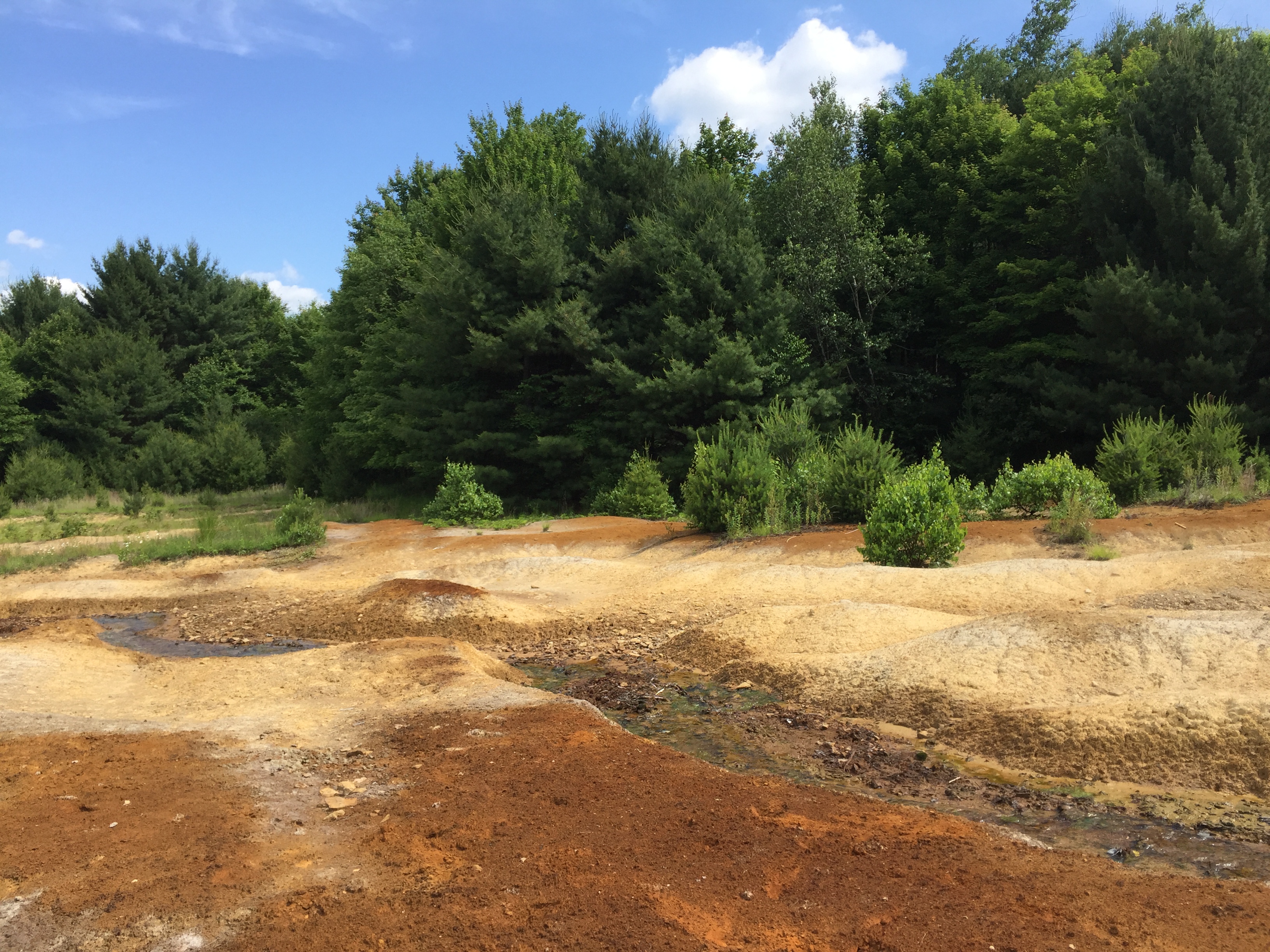Glyphosate is the active ingredient in Roundup, an herbicide manufactured and distributed by the Monsanto Company. It is widely used to reduce weeds in large agricultural operations, and is also available for household landscaping and garden use. With the recent creation of Roundup Ready® crops that are resistant to glyphosate, its use has increased greatly in the agricultural sector. For this reason, further exploring the impacts of this pesticide is important to understand its place in an agricultural ecosystem that is so heavily relied on.
This study looked at how different concentrations (50ppm, 100ppm, 500ppm) of glyphosate effected the number of culturable soil bacteria and fungi, and the diversity of the culturable fungi.
Figure 1 shows the results of the diversity counts. Although the graph does display a visual decrease in diversity as concentrations in glyphosate increase, the results were not statistically significant (p-value = 0.037, 0.058). Larger concentrations of glyphosate could potentially yield different results, but this study aimed to maintain a level of glyphosate as close to field conditions as possible.
Figures 2 and 3 show the results of the plate counts for both bacterial and fungal colonies. This part of the project aimed to find a difference in the number of colonies with respect to the different concentrations of glyphosate. The results showed a significant change in bacterial counts for plates from the rye plots (p-value = 0.00045) but no significant change for the fallow plots (p-value = 0.16). This suggests that there may be a connection between cover crops and their bacterial communities to the effects of glyphosate. Further research could examine the ecology of microbial communities that result from different cover crop usage and the communities’ subsequent susceptibility to glyphosate.
It was observed that there was a statistically significant increase in fungal colonies as concentrations of glyphosate increase (p-value = 0.0002, 0.000092). This is opposite of the trend seen in diversity for these plates. These results suggest that not only are these fungi resistant to glyphosate, but they are benefiting from the pesticide in some way. Further research would need to be conducted to examine this fully.
The results of this study lead to more questions regarding glyphosate resistance. Since the institution of glyphosate as a commonly used agricultural pesticide, resistance amongst plants, especially weeds, has increased. If resistance continues to evolve in other species, this pesticide may become completely ineffective. Much of the agriculture around the world relies on pesticides, like glyphosate, to create environments free from competition and other pathogenic organisms. The increasing spread of resistance to these pesticides could lead us to an unstable agricultural future. The close relationship between microbes and plants creates an environment where it is possible that resistance could spread, furthering the resistance gene. While this may not be problem if the gene is spread to cultivated crops, an increase in the gene in weeds is concerning.
Further research could be done to observe whether or not these fungi contain the resistant gene, and if it is being transferred to other species. It would also be useful to determine whether or not the fungi that are being supported by the increased glyphosate concentrations are beneficial or harmful to the crops that are being cultivated. It has been shown previously that plants sprayed with glyphosate are more susceptible to some diseases caused by different fungi commonly found in soil. Further understanding the three part relationship between soil fungi, plants, and glyphosate will aid in protecting our future in using pesticides in agricultural production.



